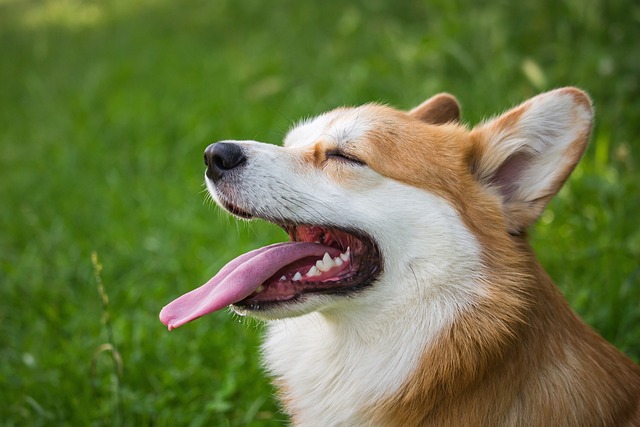
What vitamin is good for dogs' skin
Seeing your dog constantly scratch or noticing dry, flaky skin can make you wonder if a simple vitamin might be the solution.
Drying a German Shepherd after a bath isn’t just about avoiding a soggy couch—it’s about keeping their thick double coat healthy and preventing skin issues. That dense fur traps moisture easily, and if left damp, it can lead to hot spots or yeast infections, which no one wants for their pup.
Start by gently squeezing excess water from their coat with a towel. Avoid rubbing vigorously; that can tangle their fur and irritate sensitive skin. Use a microfiber towel if you have one—they absorb more water without roughing up the hair shafts. Work from their neck down to their tail, paying extra attention to the armpits and belly where water loves to hide.
A hairdryer can be helpful, but proceed with caution. Most German Shepherds aren’t fans of loud noises, so start on the lowest setting and keep it a few inches away from their body. Test the heat on your hand first—never use high heat, as it can burn their skin or dry out their coat. If they get anxious, take breaks and offer treats to make it a positive experience.
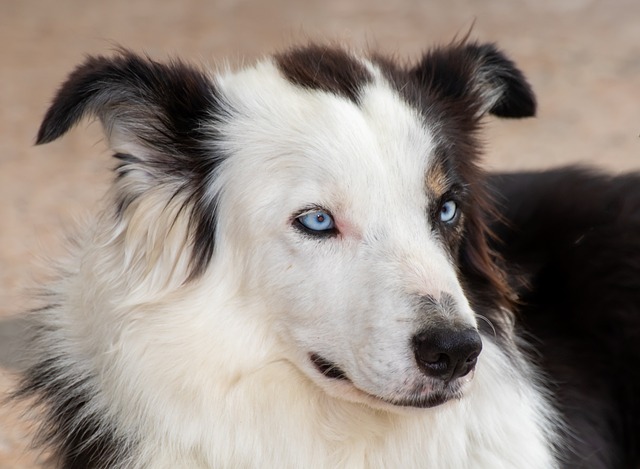 For those with long-haired German Shepherds, a slicker brush during drying can work wonders. It helps separate the fur, allowing air to circulate and speed up the process. Brush in the direction their hair grows to avoid pulling, and stop if they show signs of discomfort. This also gives you a chance to check for ticks or burrs, especially if they love outdoor adventures.
For those with long-haired German Shepherds, a slicker brush during drying can work wonders. It helps separate the fur, allowing air to circulate and speed up the process. Brush in the direction their hair grows to avoid pulling, and stop if they show signs of discomfort. This also gives you a chance to check for ticks or burrs, especially if they love outdoor adventures.
Weather matters too. On warm, sunny days, letting them air-dry in a secure, fenced yard can be a nice treat—just keep an eye on them to prevent rolling in mud (a common post-bath temptation). In colder months, make sure the room is warm enough to avoid chills, as damp fur can lead to discomfort or even illness.
Don’t forget the ears. Those floppy ears trap moisture, which can lead to infections. Use a clean, dry cotton ball to gently wipe the outer ear—never stick anything inside the ear canal. If you notice redness or a bad smell after drying, it’s time to call the vet.
Some owners swear by pet-specific drying mitts or robes, which can be especially useful for wriggly pups. These products are designed to wick away moisture without the need for excessive rubbing. Just make sure any clothing fits properly—tight garments can restrict movement, which isn’t fair to active breeds like German Shepherds.
Training your dog to tolerate drying from a young age makes a world of difference. Short, positive sessions with plenty of praise help them associate the process with good things. Even adult dogs can learn to relax—patience and consistency are key. Remember, a calm owner leads to a calm dog.
Finally, always prioritize their comfort. If your German Shepherd starts panting heavily, shaking excessively, or trying to escape, take a step back. Rushing the process will only make them dread bath time more. A little extra time spent drying properly means a happier, healthier dog—and fewer wet spots on your favorite rug.

Seeing your dog constantly scratch or noticing dry, flaky skin can make you wonder if a simple vitamin might be the solution.
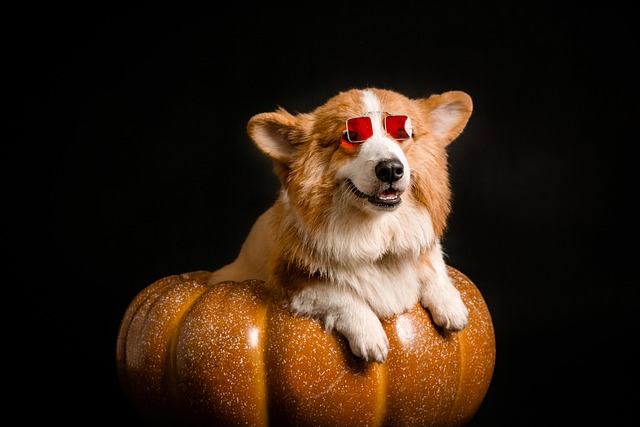
If you’re a new dog parent in the US—maybe you’re sitting on your Portland apartment couch, staring at your 1-year-old Australian Shepherd
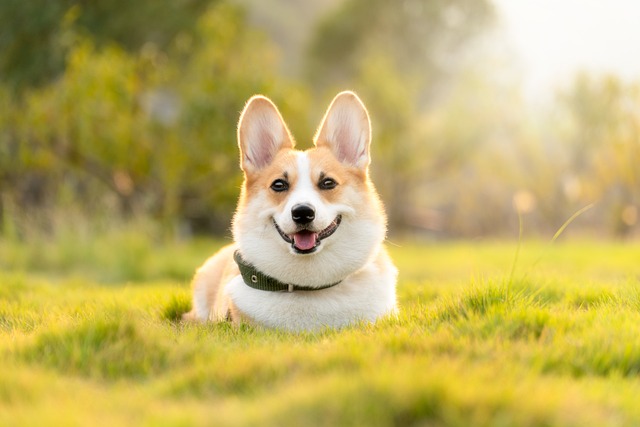
If you’re a new dog parent in the US—maybe you’re sitting on your Atlanta apartment floor, holding your 6-week-old Beagle puppy, Daisy, who’s curled up in your lap
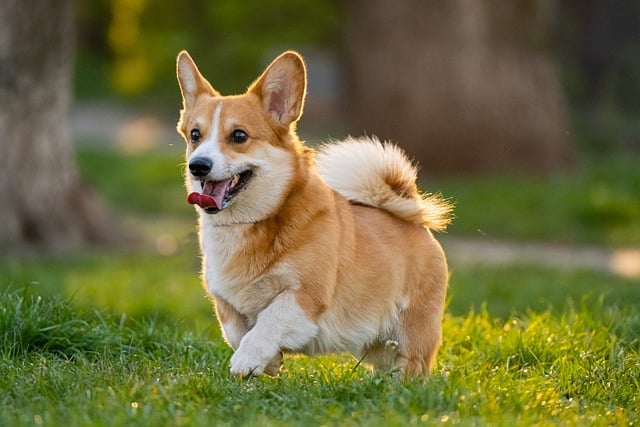
If you’re a new dog parent in the US—maybe you’re standing in your Denver apartment’s kitchen, staring at a bag of high-quality puppy kibble and a bottle
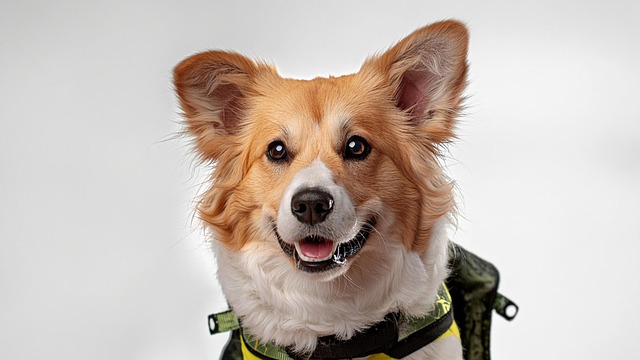
Seeing your puppy grow daily is amazing, and it’s natural to want to give them every advantage, including supplements.
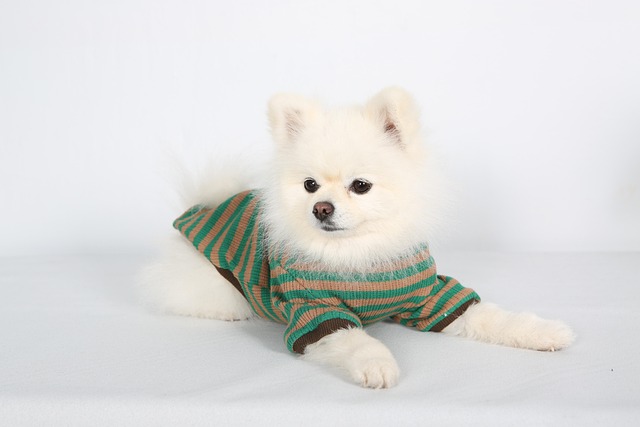
Brown stains on white dog fur aren’t just unsightly—they can also hint at underlying issues like tear duct irritation or poor grooming habits, which matter even more when you’re following local pet care laws.